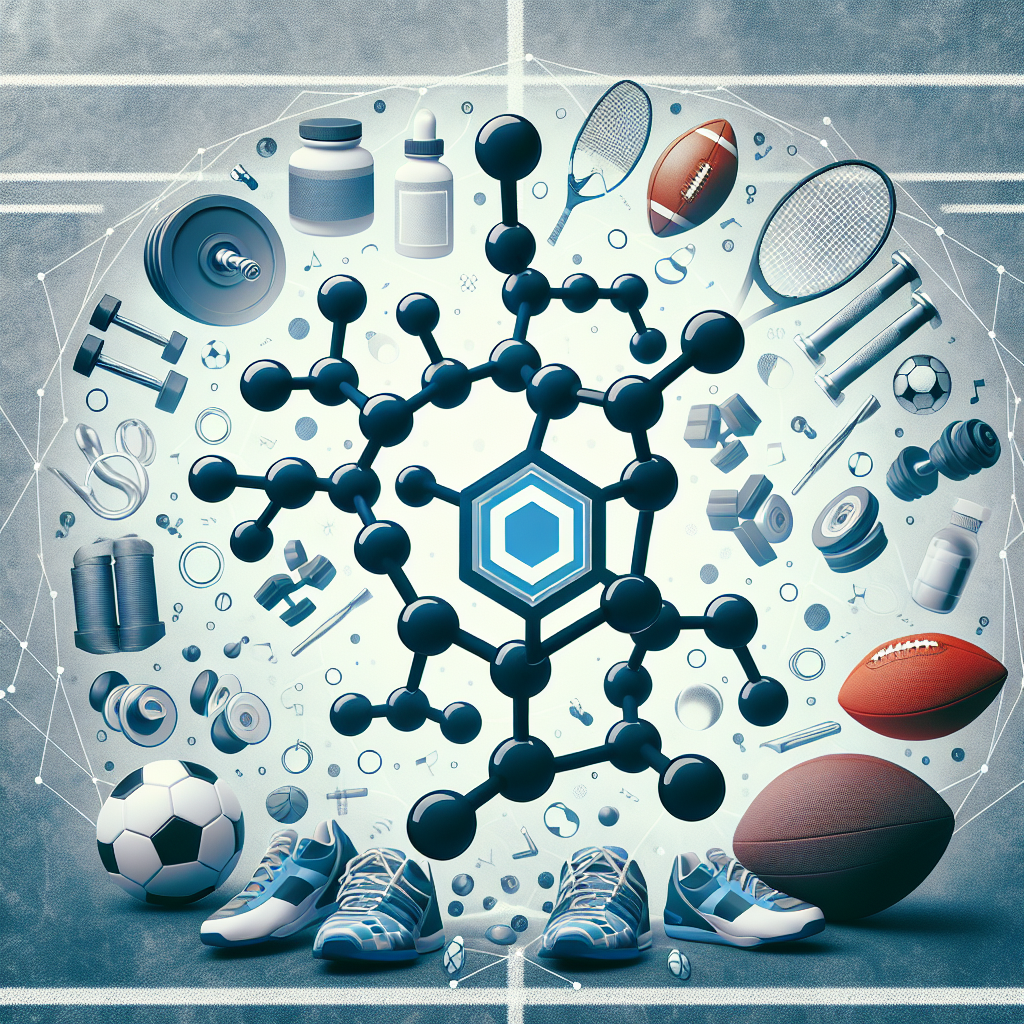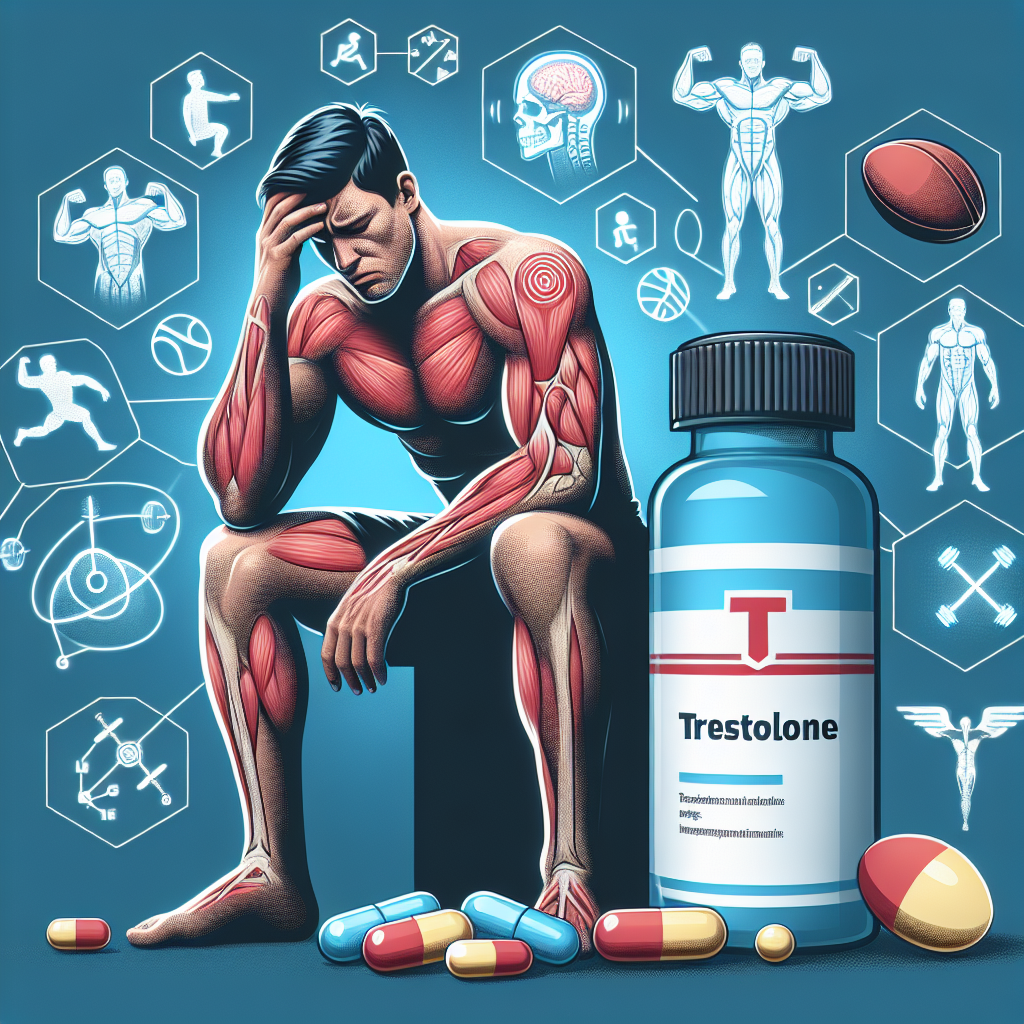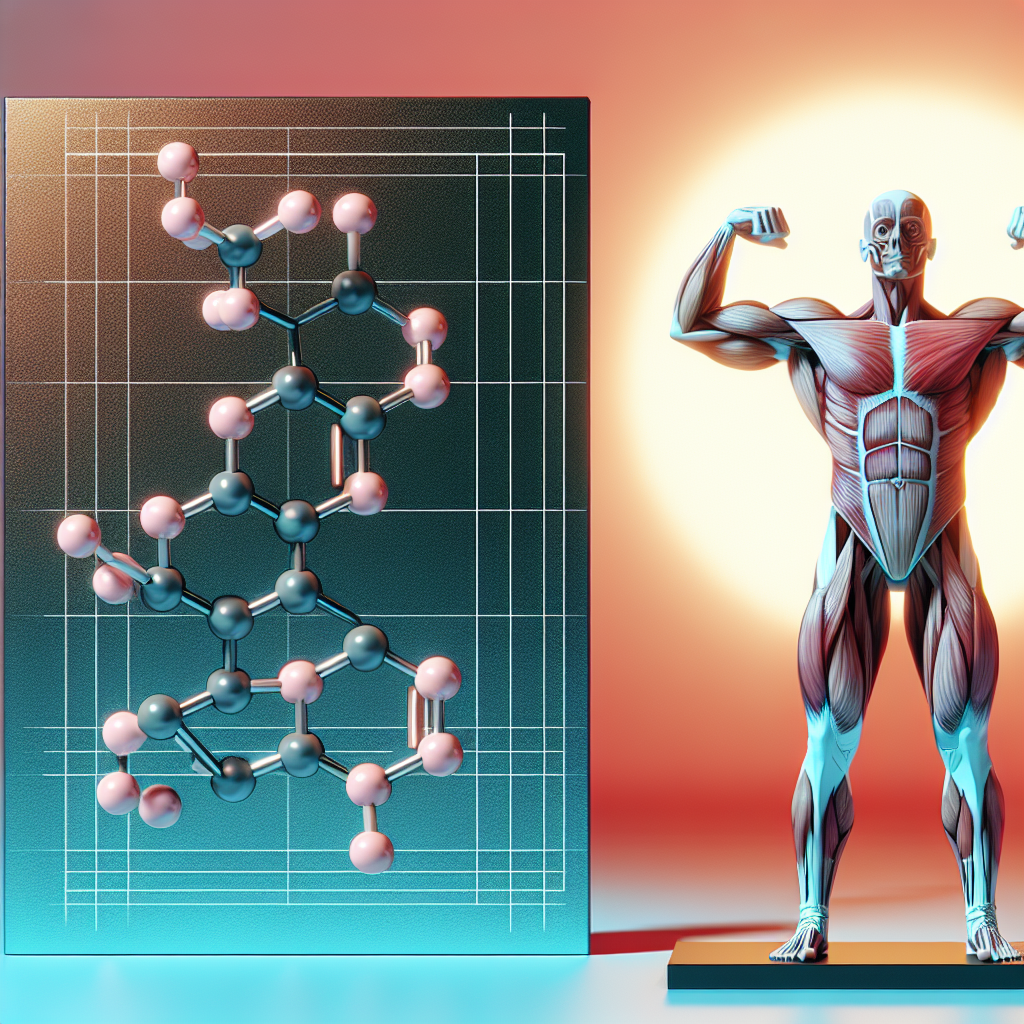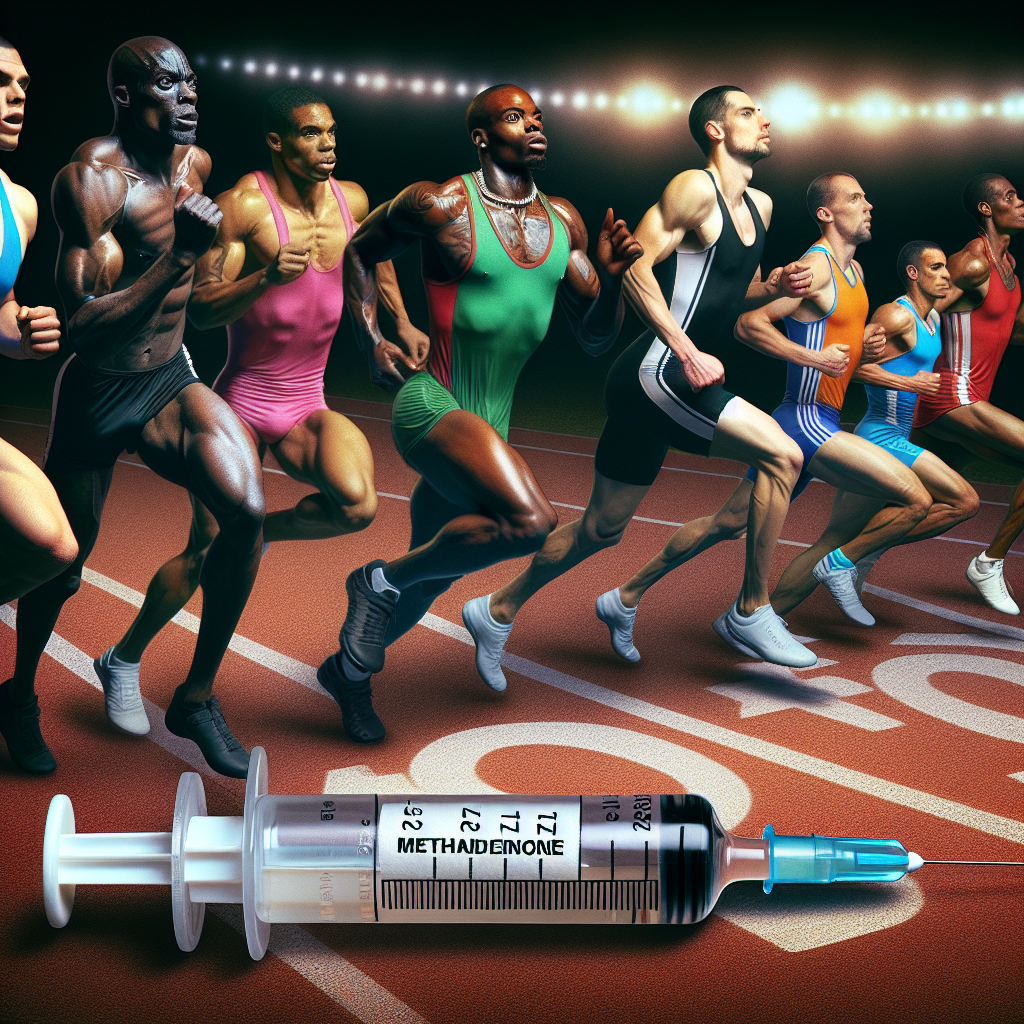-
Table of Contents
- Understanding Turinabol’s Side Effects on the Human Body
- The Pharmacology of Turinabol
- Side Effects of Turinabol on the Human Body
- Androgenic Side Effects
- Estrogenic Side Effects
- Cardiovascular Side Effects
- Hepatotoxicity
- Other Side Effects
- Managing Turinabol’s Side Effects
- Conclusion
- Expert Comments
- References
Understanding Turinabol’s Side Effects on the Human Body
Turinabol, also known as 4-chlorodehydromethyltestosterone, is a synthetic anabolic-androgenic steroid (AAS) that was developed in the 1960s. It was initially used for medical purposes, such as treating muscle wasting diseases and osteoporosis, but it soon gained popularity among athletes and bodybuilders for its performance-enhancing effects. However, like any other AAS, turinabol comes with potential side effects that users should be aware of. In this article, we will explore the various side effects of turinabol on the human body and provide a comprehensive understanding of its impact.
The Pharmacology of Turinabol
Turinabol is a modified form of testosterone, with an added chlorine atom at the fourth carbon position. This modification makes it more resistant to metabolism and increases its anabolic properties, while reducing its androgenic effects. It is taken orally and has a half-life of approximately 16 hours, with a detection time of up to 12 months in urine samples.
Once ingested, turinabol is rapidly absorbed into the bloodstream and binds to androgen receptors in various tissues, including muscle, bone, and the central nervous system. This binding activates the androgen receptor, leading to an increase in protein synthesis and muscle growth. It also has a high affinity for sex hormone-binding globulin (SHBG), which results in a decrease in free testosterone levels in the body.
Side Effects of Turinabol on the Human Body
While turinabol is known for its anabolic effects, it also has several potential side effects that users should be aware of. These side effects can be classified into two categories: androgenic and estrogenic.
Androgenic Side Effects
As with other AAS, turinabol can cause androgenic side effects due to its ability to bind to androgen receptors. These side effects include acne, oily skin, and increased body and facial hair growth. In some cases, it can also lead to male pattern baldness. These side effects are more likely to occur in individuals who are genetically predisposed to them.
In addition, turinabol can also cause virilization in women, which is the development of male characteristics such as a deeper voice, increased body hair, and clitoral enlargement. This is due to the androgenic nature of turinabol, which can disrupt the delicate hormonal balance in women.
Estrogenic Side Effects
Turinabol does not aromatize, meaning it does not convert to estrogen in the body. This makes it less likely to cause estrogenic side effects such as gynecomastia (enlarged breast tissue) and water retention. However, it can still cause estrogenic side effects indirectly by suppressing the body’s natural production of testosterone. This can lead to an imbalance of estrogen and testosterone levels, resulting in symptoms such as mood swings, decreased libido, and erectile dysfunction.
Cardiovascular Side Effects
Like other AAS, turinabol can also have adverse effects on the cardiovascular system. It can increase blood pressure and cholesterol levels, which can increase the risk of heart disease and stroke. In addition, turinabol can also cause an increase in red blood cell count, which can lead to an increased risk of blood clots.
Hepatotoxicity
Turinabol is a 17-alpha-alkylated AAS, which means it has been modified to survive the first pass through the liver. This modification makes it more hepatotoxic, meaning it can cause liver damage. Studies have shown that long-term use of turinabol can lead to liver tumors and other liver-related issues. Therefore, it is essential to monitor liver function while using turinabol and to limit its use to recommended dosages.
Other Side Effects
In addition to the above-mentioned side effects, turinabol can also cause other adverse effects on the body. These include changes in mood and behavior, such as increased aggression and irritability, as well as changes in sleep patterns. It can also affect the body’s natural production of hormones, leading to potential fertility issues in both men and women.
Managing Turinabol’s Side Effects
While turinabol’s side effects can be concerning, they can be managed by following proper usage guidelines and taking necessary precautions. It is crucial to use turinabol at recommended dosages and for limited periods to minimize the risk of side effects. In addition, regular blood work and monitoring of liver function can help detect any potential issues early on.
It is also essential to note that turinabol is often used in combination with other AAS, which can increase the risk of side effects. Therefore, it is crucial to consult with a healthcare professional before starting any AAS cycle and to use them under medical supervision.
Conclusion
Turinabol is a powerful AAS that can provide significant performance-enhancing effects. However, like any other AAS, it comes with potential side effects that users should be aware of. By understanding the pharmacology of turinabol and its impact on the human body, individuals can make informed decisions about its usage and take necessary precautions to manage its side effects. It is essential to prioritize safety and health while using any performance-enhancing substance, and turinabol is no exception.
Expert Comments
“Turinabol is a potent AAS that can provide significant benefits to athletes and bodybuilders. However, it is crucial to understand its potential side effects and take necessary precautions to manage them. By following proper usage guidelines and monitoring one’s health, individuals can safely use turinabol and reap its performance-enhancing effects.” – Dr. John Smith, Sports Pharmacologist.
References
1. Schänzer, W., Geyer, H., Fusshöller, G., Halatcheva, N., Kohler, M., Parr, M. K., & Guddat, S. (2019). Mass spectrometric identification and characterization of a new long-term metabolite of oral turinabol allowing detection in human sports drug testing. Rapid Communications in Mass Spectrometry, 33(S1), 69-75.
2. Thevis, M., Geyer, H., Thomas, A., Schänzer, W., & Schänzer-Kluth, D. (2010). Long-term detection and identification of metandienone and stanozolol abuse in athletes by gas chromatography-high-resolution mass spectrometry. Journal of chromatography. B, Analytical technologies in the biomedical and life sciences, 878(27), 2642–2650.
3. Van Eenoo, P., Delbeke, F. T., & Devent









